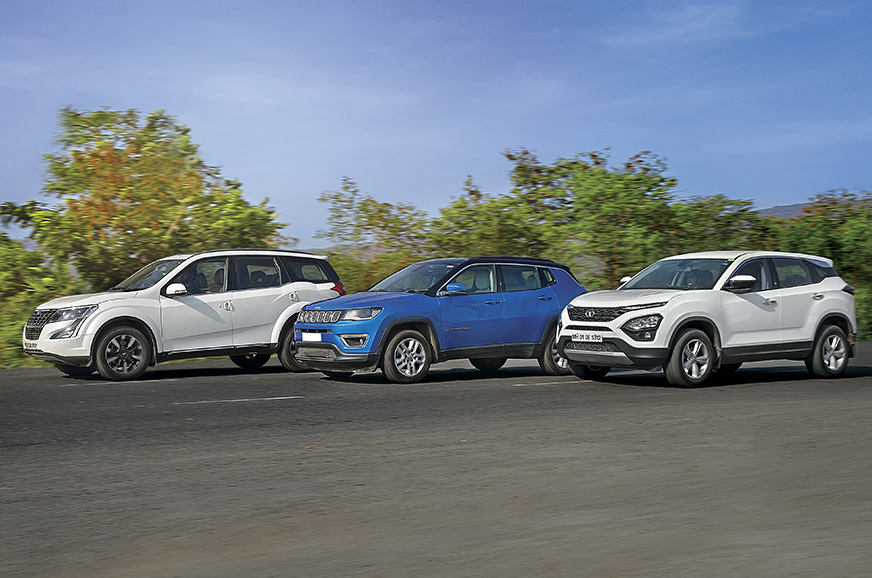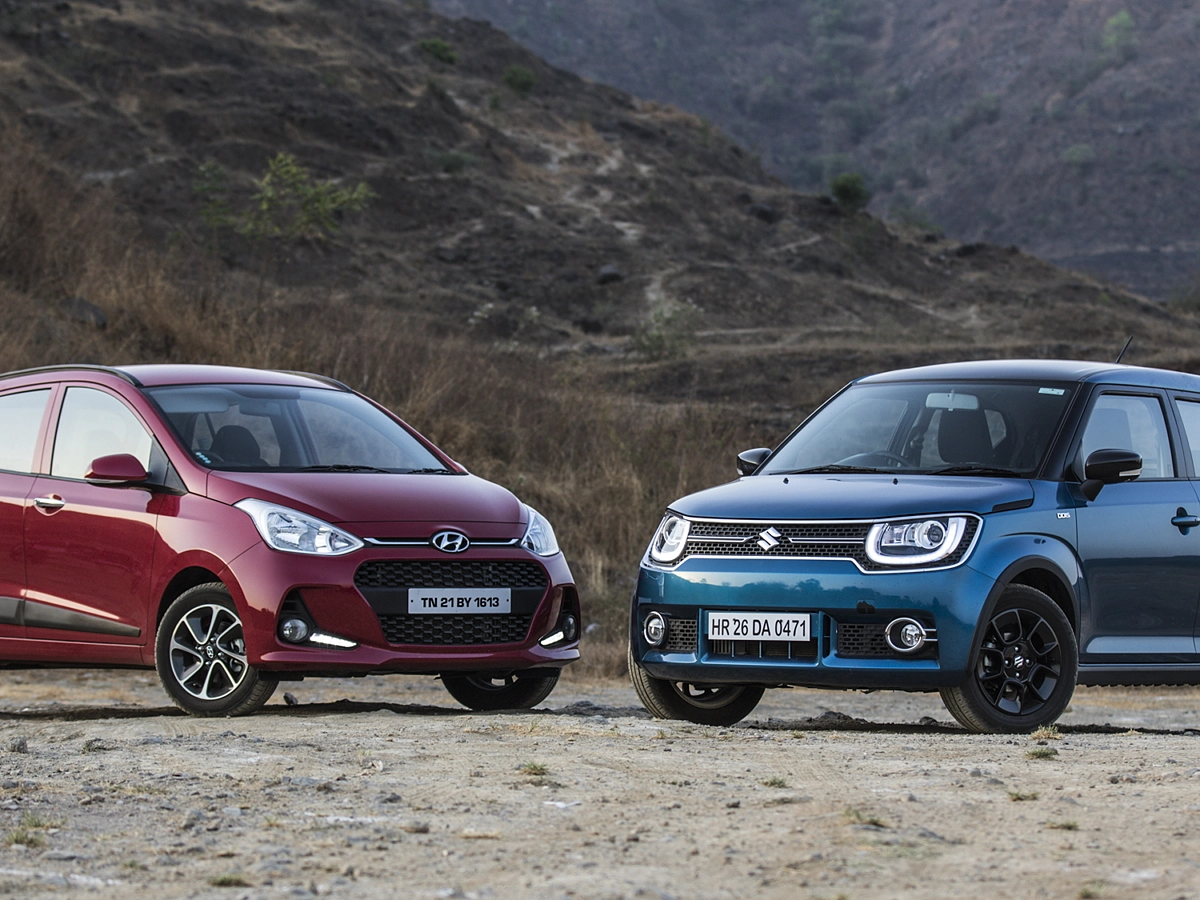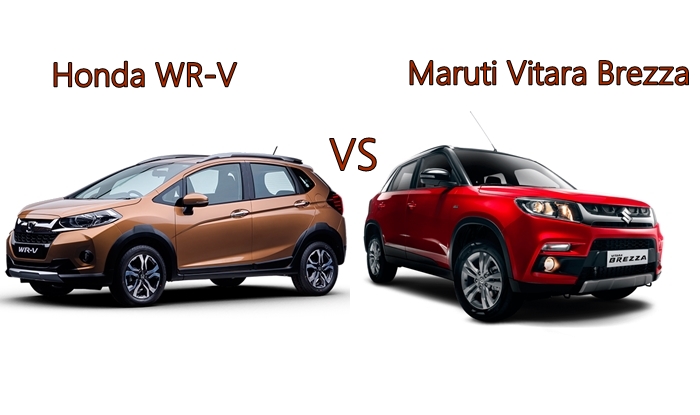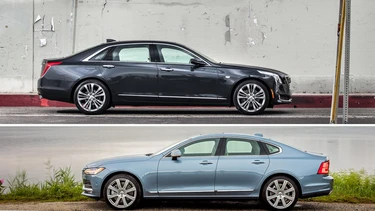It’s been over four years since we last compared these three SUV titans, and in that
time, they’ve undergone significant transformations. The once XV 50 is now the
XUV700, while the Tata Harrier receives a substantial facelift with revamped design,
upgraded interiors, and a plethora of new features. The Jeep Compass has also seen
updates. So, let’s dive into this trio to determine if the Tata Harrier can maintain its
position as the top contender.
While these SUVs may share similar price points, their personalities are distinct. The
Compass and Harrier are strictly five-seaters, while the XUV700 offers a third-row
option. Let’s start with design aesthetics. The Jeep Compass, especially in its black
shark guise, boasts a rugged appeal with blacked-out elements but has lost some of
its original character in its quest for sophistication.

In contrast, the Tata Harrier exudes aggression, with its dark demeanor and bold
styling reminiscent of the Lamborghini Urus. The Harrier commands attention with its
sleek LED DRLs, imposing presence, and striking 19-inch wheels. For those seeking a
standout appearance, the Harrier is a compelling choice.
Moving on to the interiors, the Mahindra XUV700 impresses with its upmarket and
sophisticated cabin. It strikes a balance between modern and classic elements,
featuring a plethora of premium touches, including intricate LED headlamps, piano
black accents, and a thoughtfully laid-out dashboard. The XUV700 offers a host of
amenities, including electric seats, wireless charging, and a panoramic sunroof,
elevating the overall driving experience.

Meanwhile, the Tata Harrier’s interior exudes modernity with its touchscreen
infotainment system, digital instrument cluster, and minimalist design. However,
some ergonomic issues, such as cramped spaces for the wireless charging pad and
small font on the instrument cluster, detract from its overall appeal. Despite these
drawbacks, the Harrier offers a comfortable rear seat with ample support and
amenities, making it a desirable choice for passengers.
In terms of performance, the Jeep Compass offers a familiar powertrain with its 2.0L
diesel engine and 9-speed automatic transmission. While the engine delivers
respectable performance, refinement could be improved, especially under load. The
Compass excels in handling and steering feel, offering a spirited driving experience.
The Tata Harrier shares the same engine as the Compass but differs in refinement
and character. While the Harrier’s engine feels more responsive at lower speeds,
refinement is a concern, with noticeable engine noise and road vibrations. The
Harrier’s six-speed torque converter lacks the responsiveness of paddle shifters,
affecting driver engagement.

On the other hand, the Mahindra XUV700 stands out with its refined powertrain,
offering a smooth and effortless driving experience. The XUV700’s six-speed torque
converter complements the engine’s performance, delivering a balanced blend of
power and efficiency. The XUV700’s suspension setup strikes a good balance
between comfort and handling, providing a composed ride quality even on rough
roads.
In terms of value proposition, the Mahindra XUV700 emerges as the clear winner,
offering a compelling package of features, performance, and affordability. While the
Tata Harrier impresses with its bold design and comfortable interior, it falls short in
terms of refinement and overall driving experience. The Jeep Compass, although
enjoyable to drive, lags behind in terms of features and value for money.
In conclusion, the Mahindra XUV700 reigns supreme in this clash of SUVs, offering a
winning combination of performance, refinement, and value. However, individual
preferences may vary based on design aesthetics, driving dynamics, and feature
priorities. Ultimately, the choice between these three SUVs boils down to personal
preference and priorities.




